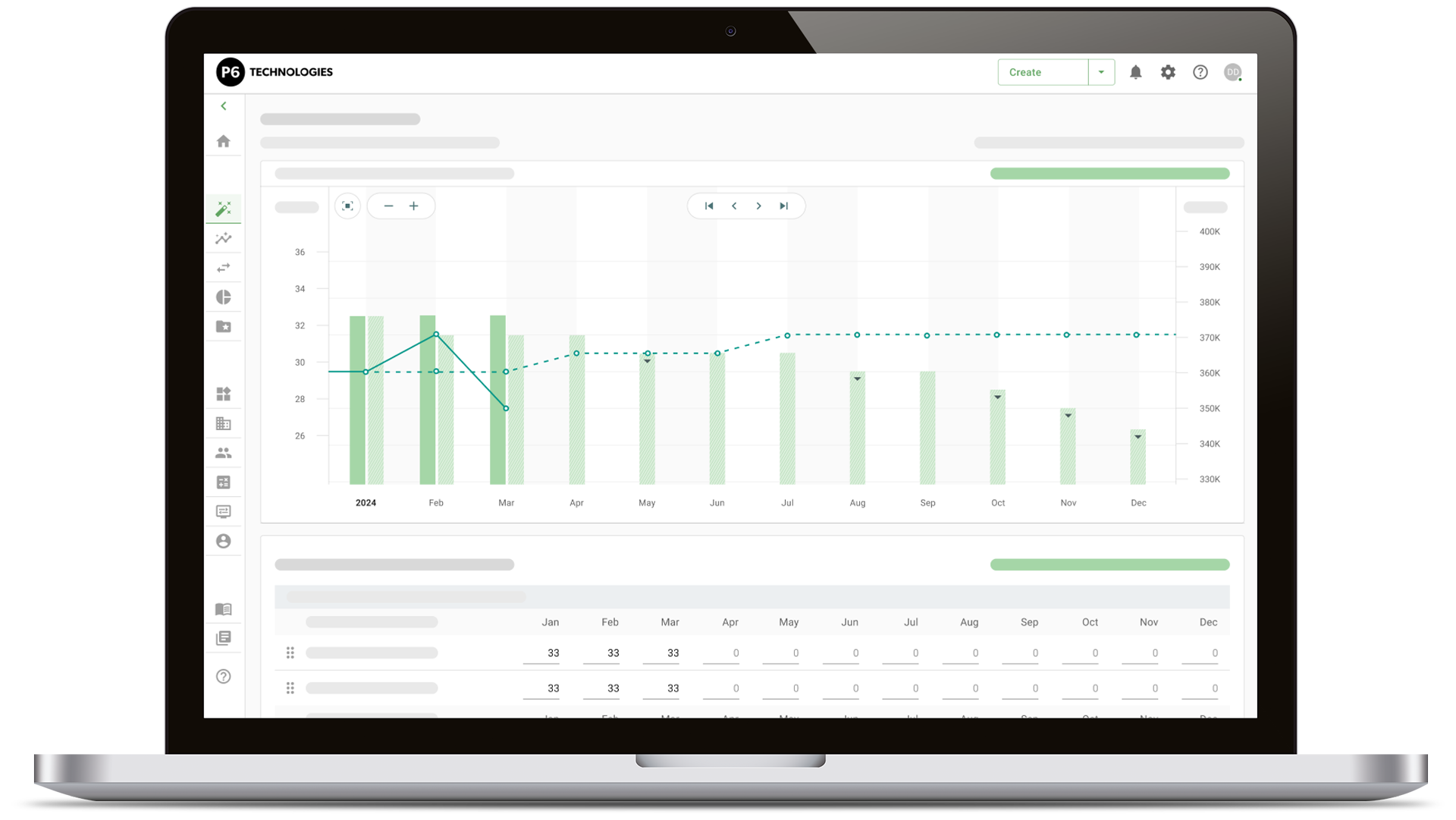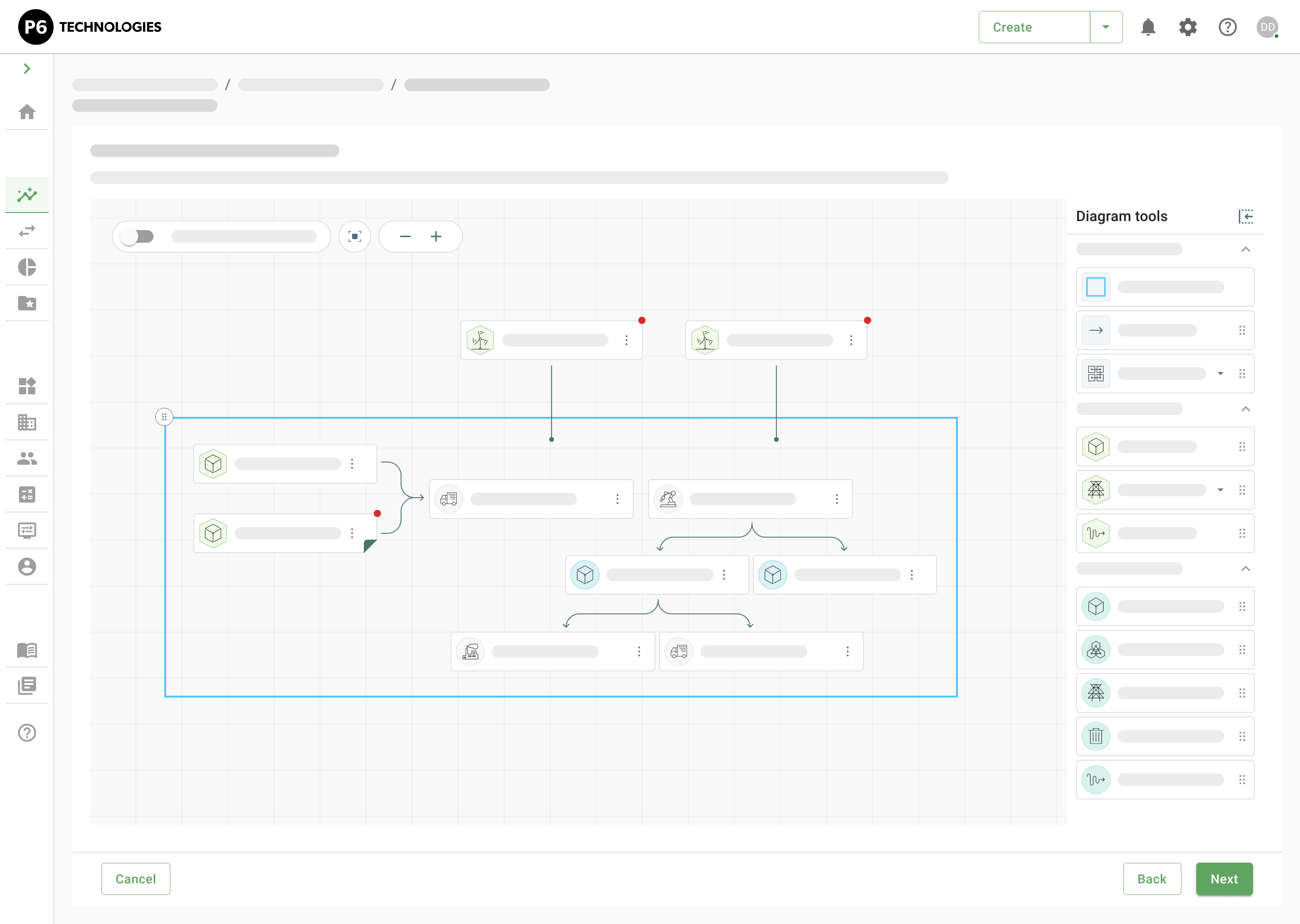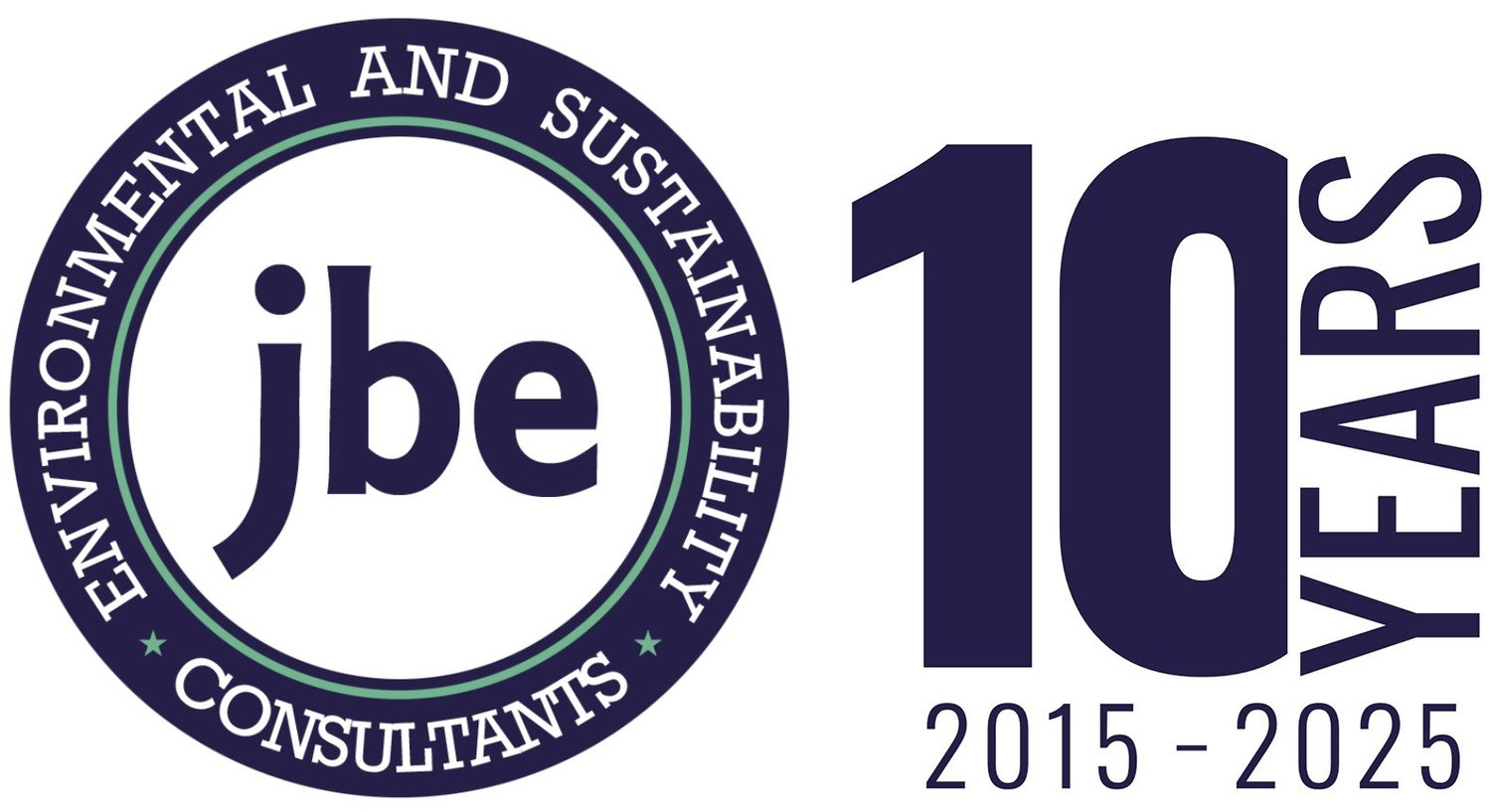
P6 is named top 10 innovative companies advancing ESG and Sustainability performance in 2024 by Verdantix
Industries
Elevate your commitment to sustainability, quantify your impact, and steer your bioenergy initiatives towards a greener future.
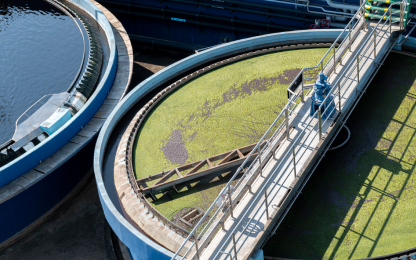
Biogas
P6 is the leading LCA software simplifying the LCA process for Biogas.
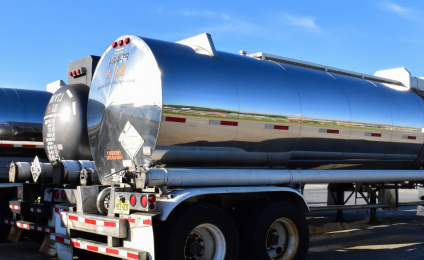
Transportation Fuels
P6 is the leading LCA software simplifying the LCA process for Transportation Fuels.
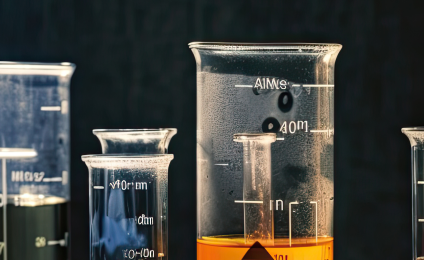
Renewable Chemicals
P6 is the leading LCA software simplifying the LCA process for Renewable Chemicals.
“We chose P6 because they are developing a solution that is tailor made for biofuels and we needed an enterprise-grade solution to help us automate and simplify life cycle analysis for our RNG sites. Calgren can also benefit from the tool’s ability to perform scenario analysis and forecasting.”

Travis Lane, CEO of Calgren Renewable Fuels
Templates
Witness how the pre-built LCA templates powered by P6 transform the way you measure the environmental performance.
LCA templates for Biogas
Leverage custom templates built for Biogas to create life cycle assessment with ease for multiple industries, including RNG from Dairy or Swine, Landfill Gas, and Wastewater.
LCA templates for Transportation Fuels
Leverage custom templates built for Transportation Fuels with ease for multiple, including Renewable Diesel, Biodiesel, Ethanol, Sustainable Aviation Fuel (SAF), and eFuels.
LCA templates for Renewable Chemicals
Leverage custom templates built for Renewable Chemicals with ease for multiple, including Petrochemicals, Agrichemicals, Plastics, Polymers, Biofuels, Solvents, Surfactants, and Specialty Chemicals.
Features
Reap the benefits from an arsenal of powerful tools to simplify your LCA process and quickly gather actionable insights into a product’s entire life cycle.
- Enterprise-grade
- Guided Workflow
- LCA Reporting
- Pre-built Templates
- Footprint Management
- Process Modeler
- Results Analysis
- Supply Chain
- Forecasting
Compliance
Easily produce compliant LCAs for regulatory pathways and also meet the requirements of voluntary carbon markets.
California LCFS
Washington CFS
Oregon CFP
Canada CFR
Red II/III
Federal 45z + q (planned)
ISO 14040/44/67
Users
Discover who is P6 for and join 95% of the companies wanting compliant LCA processes.
Students
P6’s innovative enterprise software solution is suitable for university students and higher learning institutions. Our LCA solution helps guide students every step of the way, significantly reducing the learning curve for learning how to perform a life cycle assessment. Using one of our pre-built templates and data, students can understand the impact of choosing different feedstocks, processes, energy types and transportation or challenge students by having them build an LCA from scratch. Want to learn more about our university program? Send us an email at learning@p6technologies.com.


Engineers
How the product is produced, the energy it takes to produce and deliver it to final consumption / disposal will continue to matter more and more in today’s sustainability-minded marketplace. That is why Life Cycle Analysis and P6 go hand and hand with best-in-class engineering teams. Understanding the ins and outs, the math per se, and oftentimes complex calculations behind measuring carbon intensity is critical for today’s engineer. How the product is produced and the energy it takes to produce it will continue to matter more and more in today’s sustainability-minded environment.
Financial Analysts
Investment decisions are now being measured against the Carbon Intensity of a project. Under intense deadlines, obtaining a life cycle analysis could take weeks if not months. A key input for investment decisions regarding new and existing fuels/petrochemical projects are the Carbon Intensity of a project and the products it will produce. Now with P6, getting an LCA completed quickly and accurately is better than ever. If help is needed, leverage the P6 network of LCA consultants to help get the job done quicker. Furthermore, P6 makes the LCA analysis repeatable as the project progresses through its approval and execution phases, and eventually comes online. P6 can also help you produce repeatable results in a more efficient manner. For example, as your company continues to optimize its operations for lower carbon results, and selects lower carbon inputs for its products, P6 enables repeatable LCA results as often as you like. That way, your executives, your customers and your investors are working with the most up-to-date CI information as possible. This gives your company credit for the efforts it has undertaken to lower its products’ carbon footprint, thus continuing to improve the returns on your investment over time. Given the inputs such as energy, materials, transpiration – lower carbon emissions = lower operational costs.


Suppliers
In conversations with your customers, sustainability is coming up more often. Your company has invested but responding to customers’ requests has not been easy. That is where the P6 solution comes in, making it easy to perform a life cycle analysis and report on the carbon intensity of your product. In the future, suppliers may lose business opportunities if they cannot provide the carbon intensity of the products they produce.
Consultants
You have been performing Life Cycle Analysis for customers but are struggling to keep up with demand. Your company needs a more scalable approach, but with the flexibility to work as you always have. That is where P6 comes in, a guided step by step process to perform an LCA. This helps speed up the process but also provides a more explainable deliverable to your customers. The ultimate leave behind, a software tool that reports and measures carbon intensity on an ongoing basis, so you and your team can focus on the value-added work of helping customers improve their business.


Customers
Day in and day out, operations keep the production of a fuel or petrochemical facility up and running. They are the lifeblood of the operation. As the team wants to make improvements to the process, investments are more often than not now getting scrutinized on their impact to the company’s sustainability goals. The carbon intensity of the process is also directly tied to the core costs of the business, the inputs and energy usage. Managing these better drives down the operational costs of the business. A win-win for both operations and the company’s sustainability goals.
Operations
Focusing on your most carbon-intensive purchases is a good place to start on your journey towards becoming a world-class sustainable procurement organization. Your most carbon intensive purchases are from fossil-fuel based products. Energy, fuels, petrochemical based products are the source. Leveraging P6, your suppliers can more accurately and easily report on the carbon intensity of their products. Not only during the procurement cycle, but on an ongoing basis working with existing suppliers leveraging P6’s easy to use Carbon Intensity tools for making ongoing improvements.
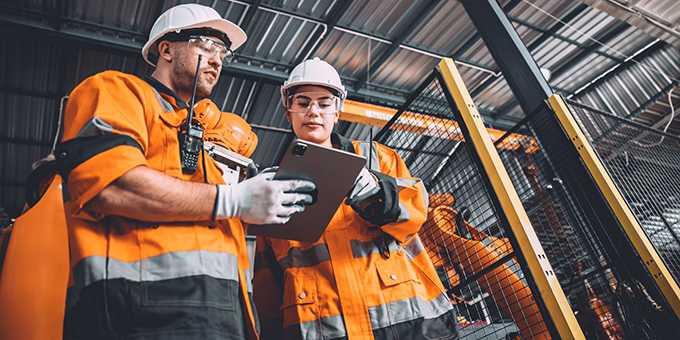

Procurement
As a customer, your company has set a Net Zero target. Your investors are demanding an ESG report, and your customers want accurate carbon footprint data for your products. Your operations use energy such as transportation fuels, electricity, and natural gas – all of which add to the carbon intensity of your products. To date, your suppliers have not been able to provide accurate information on the carbon intensity of their products, which are the inputs to your products. P6 software provides fast and accurate life cycle assessments for your products, at the same time coordinating with your suppliers to provide up-to-date carbon intensity information on their products. Determining carbon intensity has never been faster, more accurate and more repeatable. Using a simple login, a customer can see all of its suppliers who leverage P6 for tracking and reporting carbon intensity, and the source of each suppliers’ carbon intensity data.
Frequently asked questions
What if I do not see my fuel/chemical/product type on your website?
The P6 platform is configurable so our team our yours can easily create a template for your fuel/chemical/product using our template builder.
Do I need to be an LCA expert to use your solution?
Definitely not. Although we have advanced capabilities that experts love, we make it extremely simple to complete a life cycle assessment.
Does your solution work with third party auditors/verifiers?
The P6 solution has an approval workflow where a third-party auditor/verifier can be invited to review/approve your LCA directly inside our software. You can also download your LCA into a PDF, excel spreadsheet or word doc for you auditor/verifier.
How does your solution allow me to run scenarios to evaluation improvements to my facility?
Scenarios can be run directly inside of a life cycle assessment or you can run multiple scenarios and compare the LCA output. Our forecasting solution also provides a more dynamic view of how carbon intensity and emissions will trend over time.
Have regulatory bodies approved your solution?
P6 is generating the output that regulatory bodies need and we are not making changes to their templates/processes, similar to what solutions like TurboTax does where they populate the tax forms the government requires. P6 makes it simpler to gather data once and then populate data into the formats needed by each regulatory agency. We hope to continue to work with regulatory agencies to at some point and time provide a way to electronically submit your LCA to them.
What is an LCA template, and why do I need it for sustainability assessments?
Your content goes here. Edit or remove this text inline or in the module Content settings. You can also style every aspect of this content in the module Design settings and even apply custom CSS to this text in the module Advanced settings.
Can I collaborate with co-workers, suppliers, and customers on the P6 platform?
With a team (multi-user) or enterprise license collaboration is absolutely possible. It is best practice to have a single platform for your entire company and to collaborate with suppliers. In some companies, 80% of scope III emissions are from suppliers so collaboration is going to be required to meet net zero goals.
Is your solution available in other languages?
Our solution does have support for other languages. If you do not see a language you need, additional languages can be activated / installed by submitting a support request to our team.
Does your solution provide access to Eco Invent data or other carbon footprint databases?
We do. This data can be activated once you purchase a starter, team or enterprise license. With these licenses EcoInvent carbon footprint data is available. Additional data can be uploaded or activated upon request, including custom library data or data that your company has directly licensed. Additional impact category data can also be purchased / activated upon request.
Explore the P6 platform
Schedule a demo today and witness firsthand how the pre-built LCA templates powered by P6 will transform the way you approach sustainability assessments.
